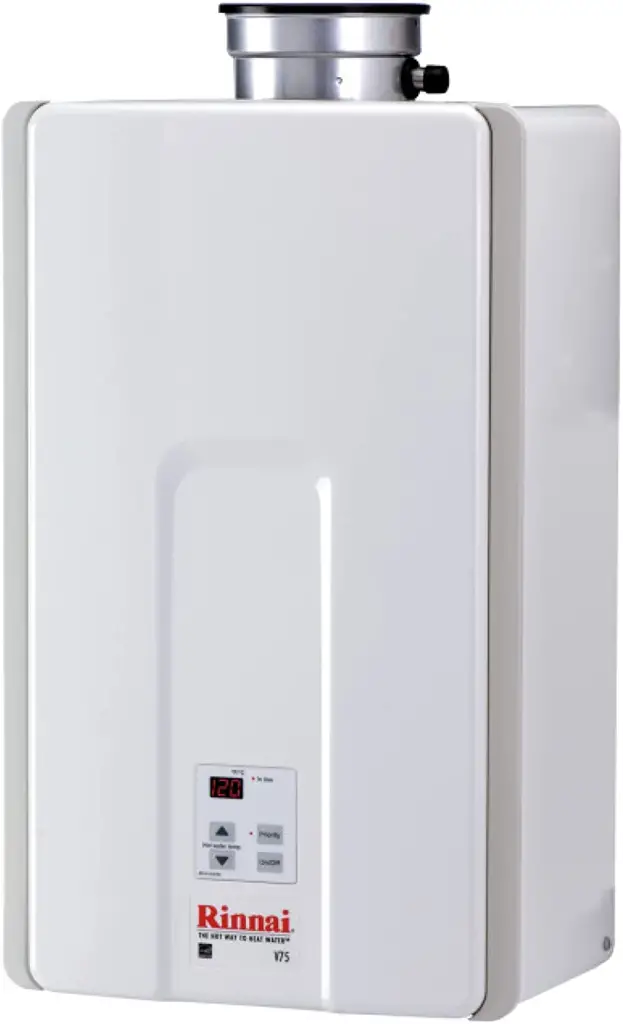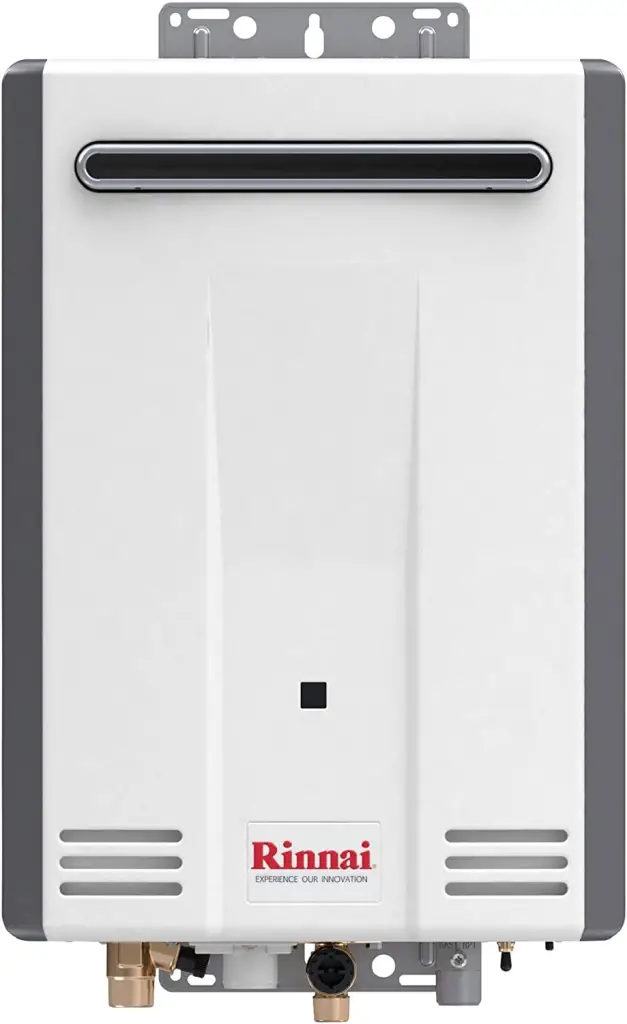Although tankless water heaters have gained popularity in recent years for their energy efficiency and convenience, there are also several drawbacks to consider before making the switch from a traditional tank-based water heater.
While tankless water heaters offer advantages such as endless hot water and space-saving design, they also come with their own set of disadvantages that may impact their suitability for certain households and situations.
In this discussion, we will explore some of the common disadvantages of tankless water heaters, and what homeowners should consider when making the decision to switch to this type of system.
1. Higher initial cost:
Tankless water heaters are generally more expensive upfront compared to traditional tank-based water heaters.
This is because they use sophisticated technology that requires pricier materials and components.
Moreover, they usually require professional installation, which contributes to the overall cost.
On average, the installation cost for a water heater falls between $825 and $1,700, including both parts and labor.
However, if you opt for a tankless water heater, be prepared to pay more upfront. The average cost for a tankless water heater installation ranges from $1,000 to $3,000, which is significantly higher than traditional tank-based water heaters.
Although the higher initial cost may put off some homeowners, it’s worth considering the long-term benefits of investing in a tankless water heater, such as reduced energy bills and longer lifespan.
2. Limited hot water output for larger households:
For larger households or situations where there is a need for simultaneous usage of hot water, tankless water heaters may not be able to produce enough hot water.
This is because tankless models heat water on-demand, so their output is limited by their flow rate.
If multiple faucets or appliances are drawing hot water at the same time, the tankless water heater may not be able to keep up with the demand.
In such cases, it may be necessary to install multiple tankless units or consider a traditional tank-based water heater instead.
3. Requires a minimum flow rate to activate:
Tankless water heaters require a minimum flow rate to activate, which may not be met by low-flow fixtures.
This means that if the flow rate is too low, the water heater may not turn on at all, leading to a lack of hot water.
To avoid this issue, it may be necessary to install a booster pump or use fixtures that are designed to work with tankless water heaters.
It’s important to consider this requirement when choosing a tankless water heater, particularly if you plan to use it with low-flow fixtures.
4. More complex and may require more maintenance and repairs:
Compared to tank-based water heaters, tankless models are more complex and may need more maintenance and repairs.
Their advanced technology and design can lead to problems like mineral buildup and clogged burners, affecting their performance.
Regular maintenance, including periodic flushing, is vital to ensure efficient operation.
Repairs may require specialized expertise, making them more complicated and expensive.
When choosing between tankless and tank-based heaters, consider these factors carefully.
5. May not be suitable for areas with hard water:
Tankless water heaters may not be a good fit for areas with hard water as the mineral buildup can damage the heating element.
Hard water contains high levels of minerals, such as calcium and magnesium, which can accumulate on the heating element over time.
This can reduce the heater’s efficiency and lifespan and may require more frequent maintenance to prevent damage.
In such areas, a water softener or descaler may be necessary to reduce the impact of hard water on the tankless water heater.
It’s important to consider the water quality in your area when deciding between a tankless or traditional water heater.
6. May produce inconsistent water temperatures:
Tankless water heaters may produce inconsistent water temperatures, especially if the flow rate is not steady.
Since tankless heaters heat water on demand, fluctuations in water flow rate can affect the heating process, leading to varying water temperatures.
This issue can be more noticeable in larger households or during simultaneous usage of hot water.
To address this issue, it may be necessary to install multiple tankless water heaters or add a buffer tank to ensure consistent water temperatures.
It’s important to consider the water demand in your household when choosing a tankless water heater to ensure that it can meet your hot water needs.
7. May not work during power outages:
Tankless water heaters may not work during power outages, which can be a problem in areas with frequent power disruptions.
Unlike tank-based water heaters that store hot water, tankless heaters rely on electricity to heat water on demand.
If the power goes out, the heater will stop working and you won’t have access to hot water until the power is restored.
In such situations, having a backup generator or a tank-based water heater can be helpful. It’s important to consider the reliability of the power supply in your area when choosing a tankless water heater, particularly if you experience frequent power outages.
8. May require a water softener:
Tankless water heaters may require a water softener to prevent mineral buildup and extend the lifespan of the unit.
Best tankless water heaters
Stiebel Eltron Tankless Water Heater – Best flow rate

This particular tankless water heater boasts a high flow rate for an electric unit, capable of delivering 1.5-4.5 gallons per minute (GPM) of water.
Not only that, but its advanced self-modulating technology ensures ongoing energy savings while its compact size eliminates the need for venting.
With these features, this tankless water heater offers an efficient and space-saving solution for households in need of a reliable source of hot water.
Rinnai V75iN Non- Best indoor gas model

This tankless water heater is fueled by gas, making it capable of producing a higher flow rate compared to electric units. Its indoor installation also ensures that cold temperatures won’t affect its heating efficiency. With a flow rate of 7.5 gallons per minute (GPM), it’s an excellent choice for medium- to large-sized homes that require a continuous supply of hot water.
Rinnai V53DeP Propane- Best for outdoors

This gas-powered water heater is designed for outdoor installation, making it an ideal choice for homes with limited indoor space or for those who prefer not to install a venting system. Weighing only 33 pounds, it’s relatively lightweight and easy to install. Despite its compact size, this unit provides a reliable supply of hot water with a flow rate of up to 6.6 gallons per minute (GPM).
Leave a Reply